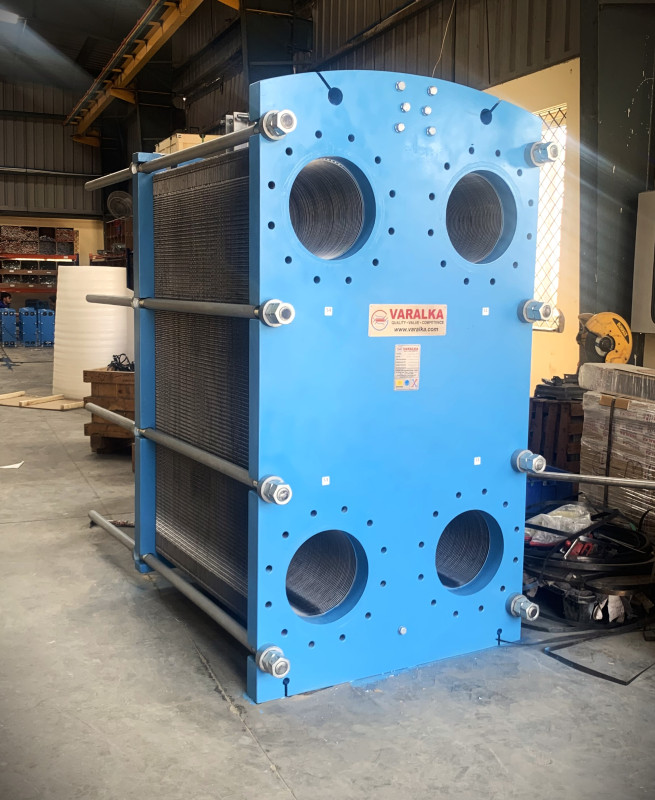In the dynamic world of steel production, optimizing processes for efficiency and sustainability is paramount. Plate heat exchangers (PHEs) have emerged as indispensable components in steel plants, playing a crucial role in heat transfer applications. These innovative devices offer a range of benefits, from improving energy efficiency to reducing environmental impact. In this blog post, we will explore the significance of plate heat exchangers in steel plants and how they contribute to the industry's pursuit of greener and more efficient operations.
Understanding Plate Heat Exchangers
Plate heat exchangers are compact, highly efficient devices designed for transferring heat between two fluids without them coming into direct contact. The heart of a PHE consists of a series of metal plates with carefully engineered patterns to facilitate optimal heat exchange. These plates are stacked and clamped together, creating a compact and scalable unit.
The Efficiency Advantage
One of the primary advantages of plate heat exchangers in steel plants lies in their efficiency. The intricate plate designs create turbulent flow patterns, maximizing the heat transfer surface area and minimizing heat loss. This results in a more efficient exchange of thermal energy, allowing steel plants to achieve precise temperature control and enhance overall process efficiency.
Applications in Steel Plants
Plate heat exchangers find widespread application in various critical processes within steel plants:
- Cooling Systems: Steel production involves high-temperature processes, and efficient cooling systems are essential to maintain equipment integrity. PHEs help in cooling hot process fluids quickly and reliably, preventing equipment damage and ensuring continuous operation.
- Waste Heat Recovery: Steel plants generate substantial amounts of waste heat during various manufacturing stages. Plate heat exchangers are instrumental in capturing and repurposing this waste heat for other applications within the plant, contributing to energy conservation and reducing overall environmental impact.
- Heat Recovery from Flue Gases: PHEs can be employed to recover heat from flue gases produced during steel manufacturing. By capturing and utilizing this heat, steel plants can significantly reduce energy consumption and, consequently, greenhouse gas emissions.
- Process Heating and Cooling: Plate heat exchangers are versatile and can be integrated into diverse processes for both heating and cooling applications. Whether it's preheating incoming materials or cooling hot products, PHEs offer a flexible solution that adapts to the specific needs of steel production.
Sustainability and Environmental Impact
The steel industry is under increasing pressure to adopt sustainable practices and reduce its environmental footprint. Plate heat exchangers play a pivotal role in this endeavor by promoting energy efficiency and minimizing resource consumption. By recovering and reusing heat, these devices help steel plants operate more sustainably, aligning with global efforts to combat climate change.
Conclusion
Plate heat exchangers have become integral components in the quest for efficiency and sustainability in steel plants. Their ability to optimize heat transfer processes, recover waste heat, and contribute to environmental conservation makes them indispensable in the evolving landscape of steel production. As the steel industry continues to evolve, plate heat exchangers will play a vital role in ensuring a balance between economic viability and environmental responsibility.

